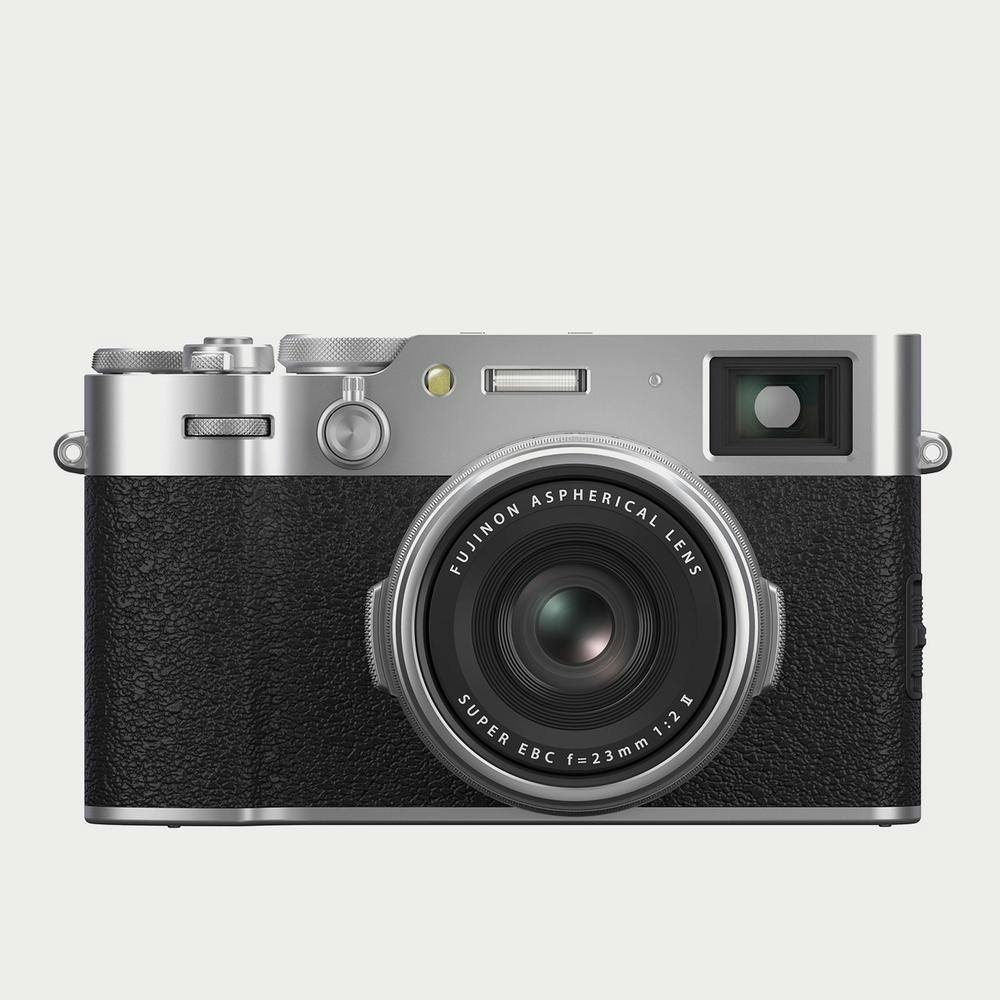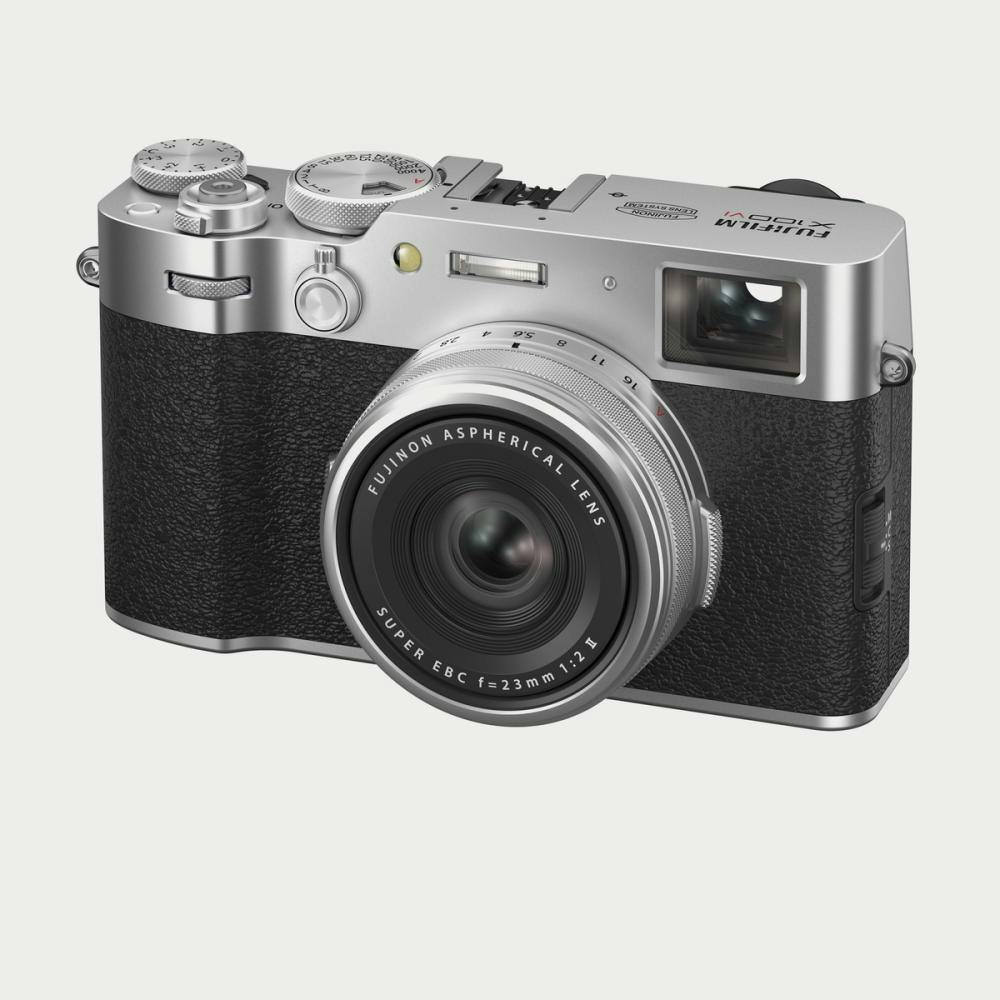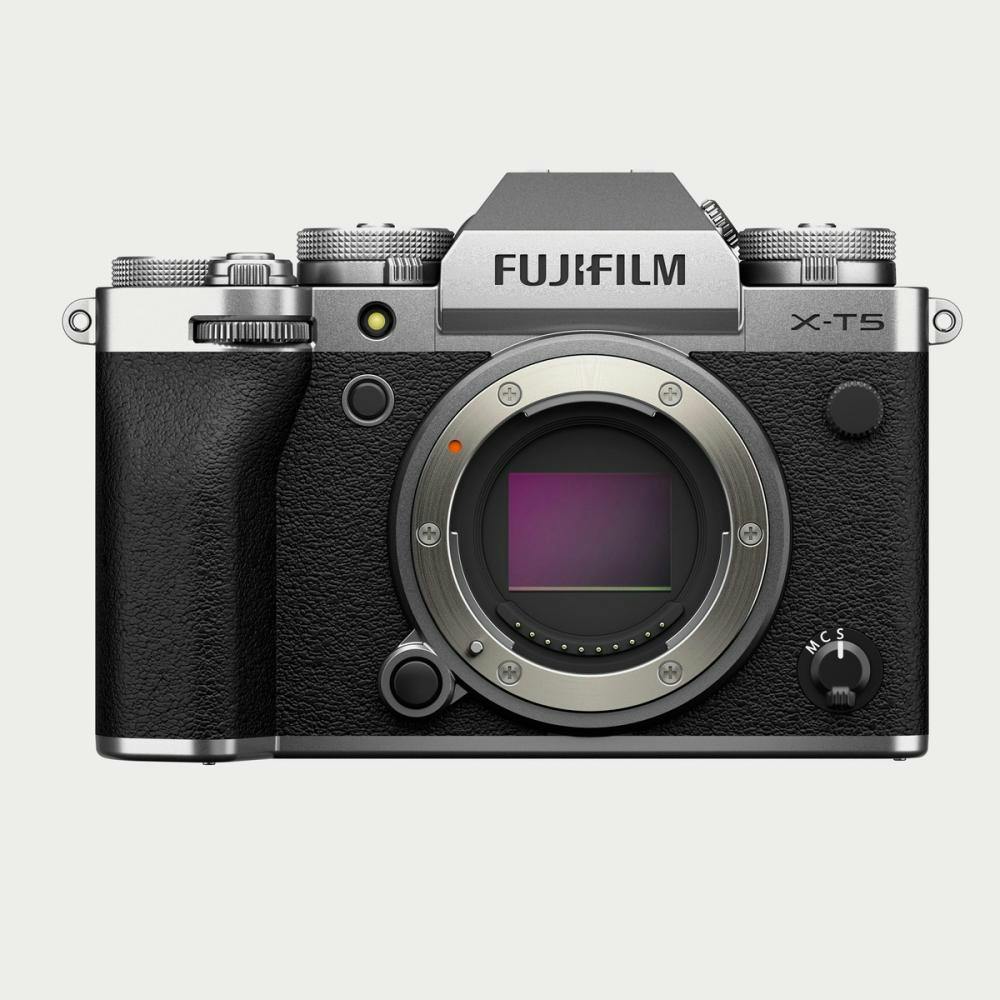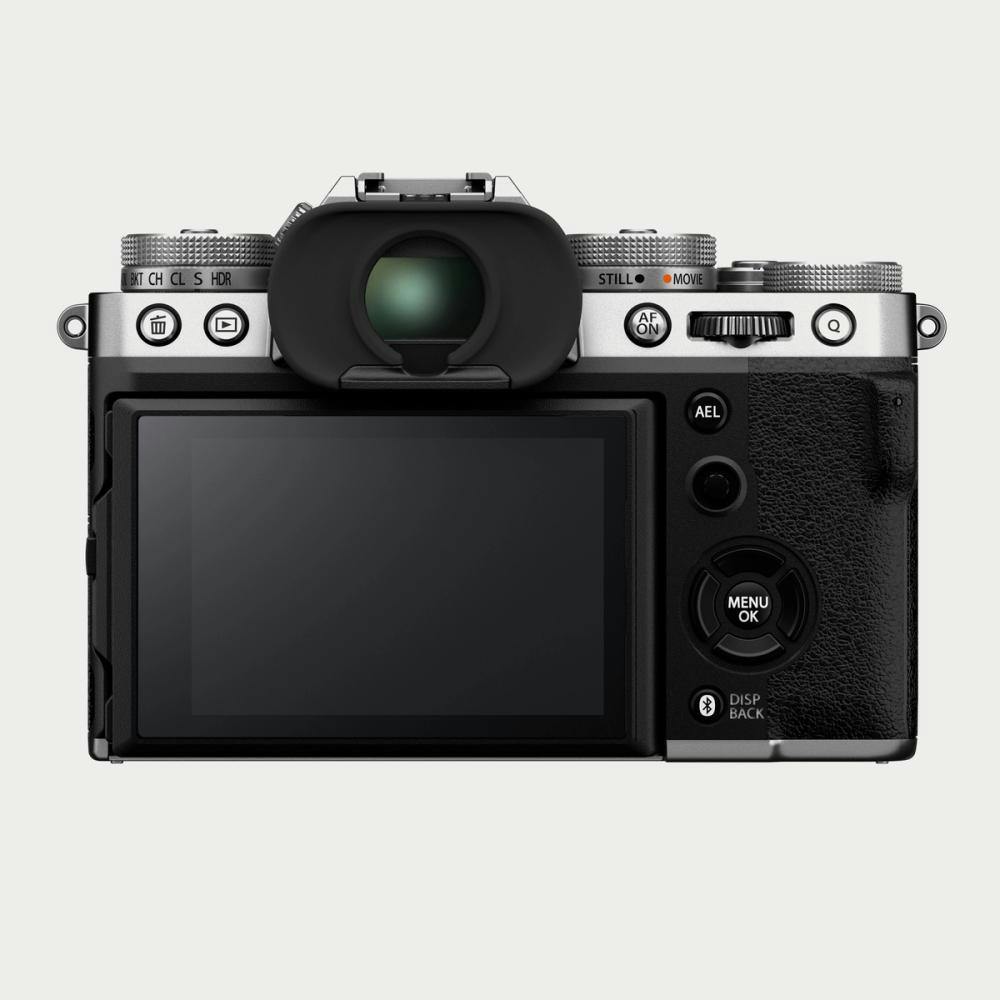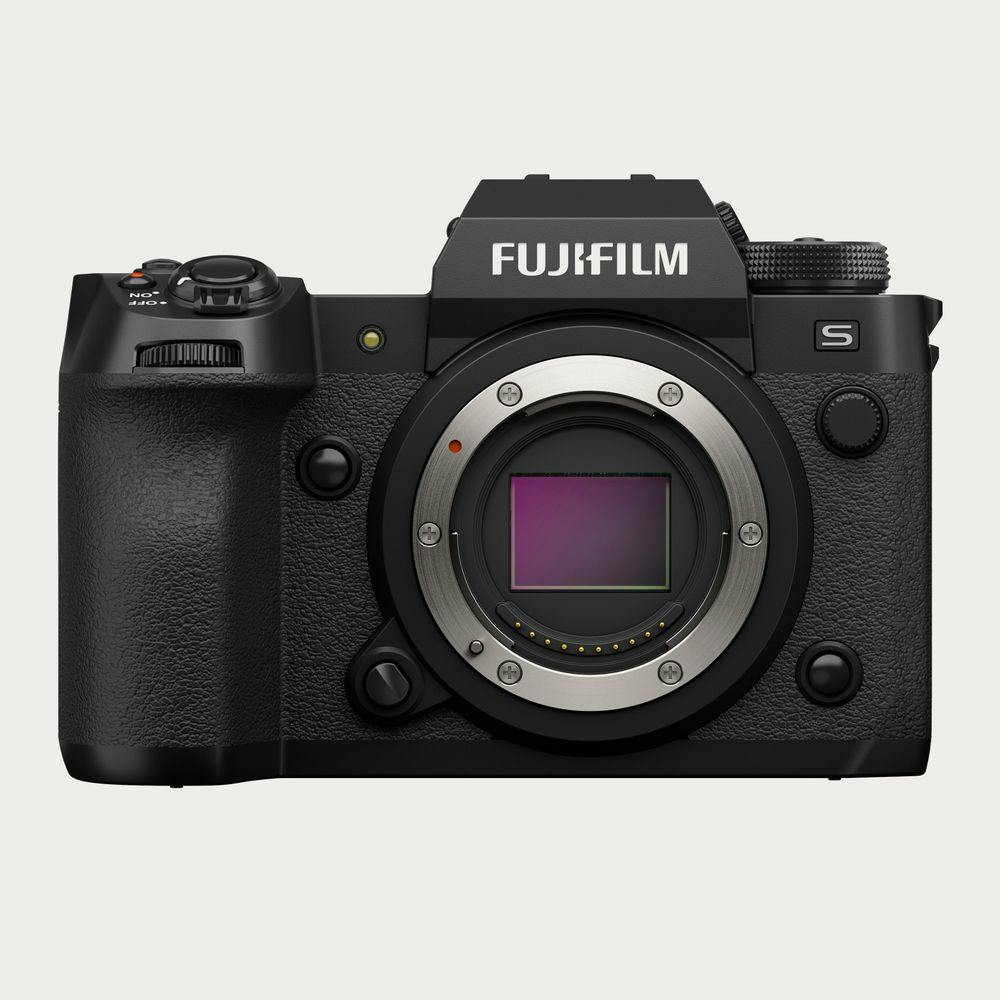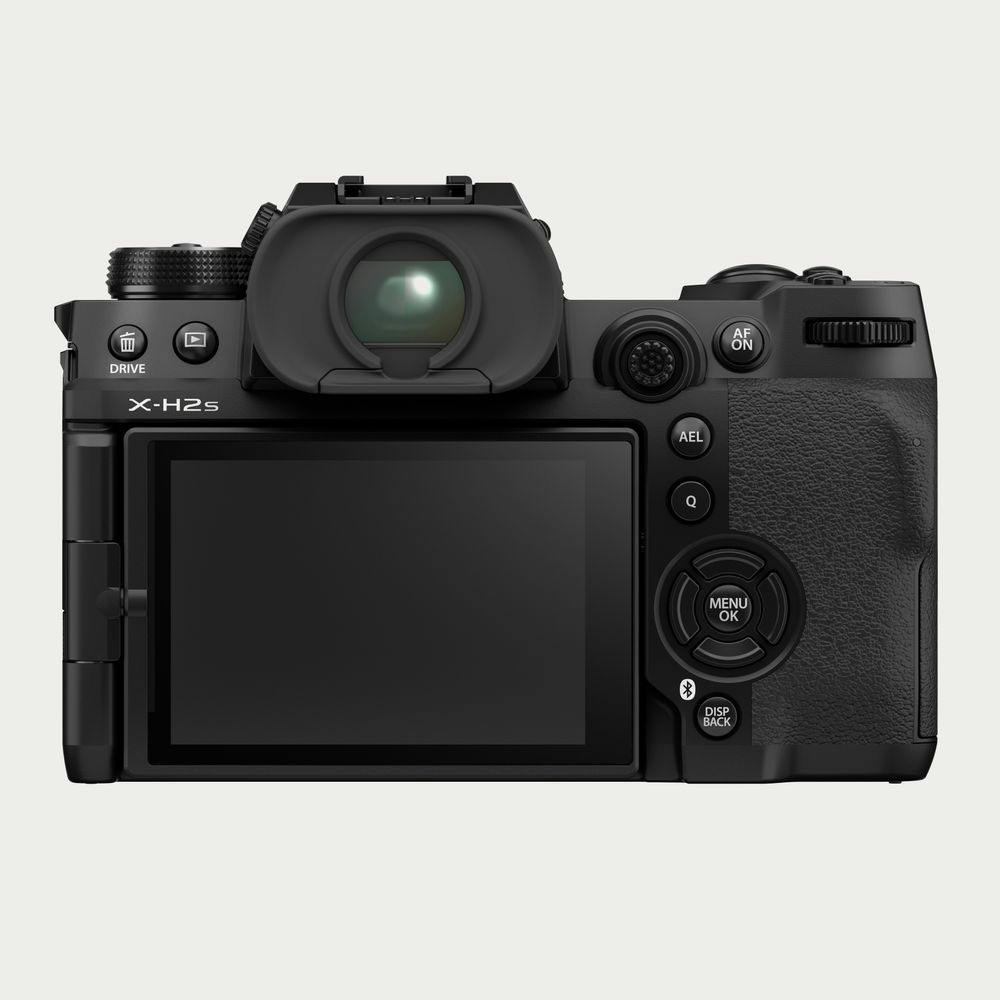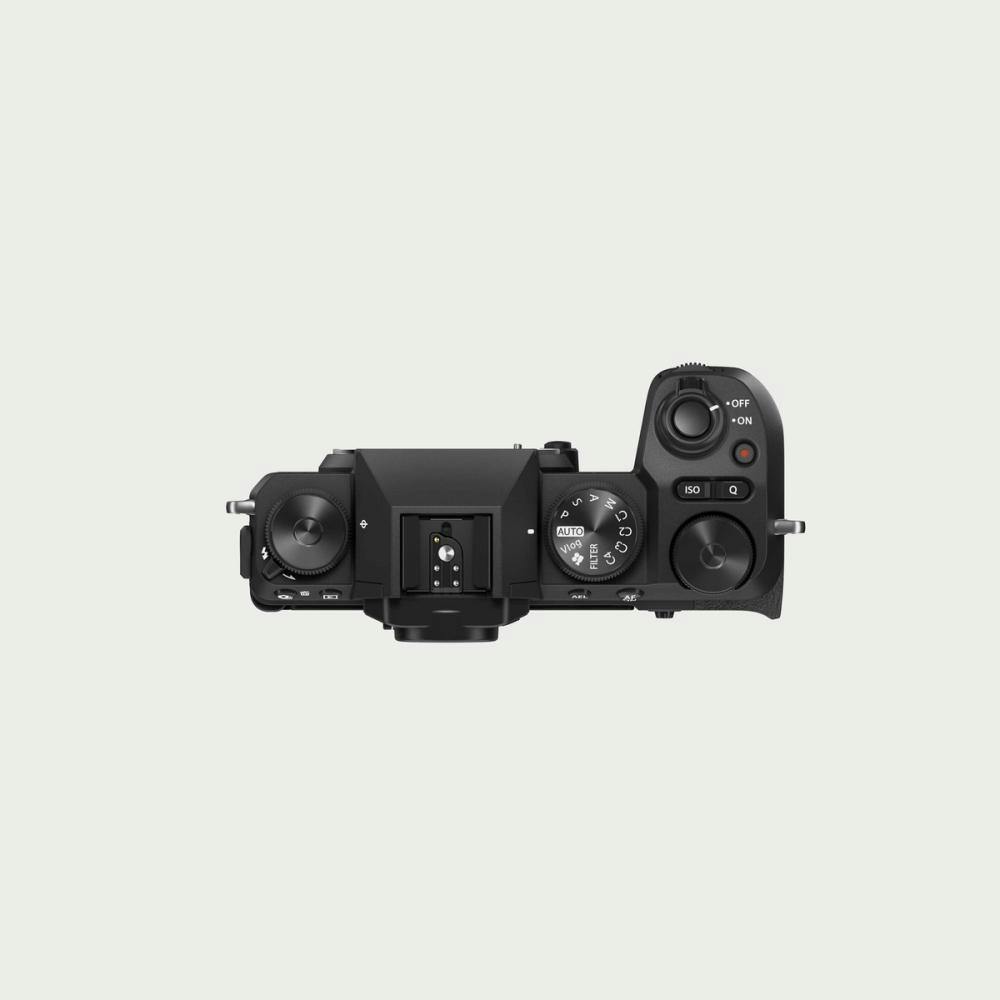Fujifilm cameras are all the rage right now — and for good reason. They combine a classic, timeless design with the high performance that artists demand.
As a former Canon user who switched to Fujifilm a few years ago, I was drawn by their strong connection with the community, which inspired my switch in brand loyalty. Fujifilm listens to its customers and stays true to its values, making them a standout in the camera world. They just get it.
Like all technology, cameras improve each year. However, the differences between specific models can be subtle and hard to spot without a deep understanding of tech specs. Thus, choosing among the many similarly named Fujifilm cameras can be pretty challenging.
Here are the most popular models sold at Moment, perfect for photographers and . Due to the high demand for the X100VI, which is constantly back-ordered with a wait time of 6-9 months, we've included several in-stock alternative compact examples to provide additional options. We break down the various X-series models and offer a cheat sheet to help the average customer understand who each camera is for, including detailed comparison guides.





























